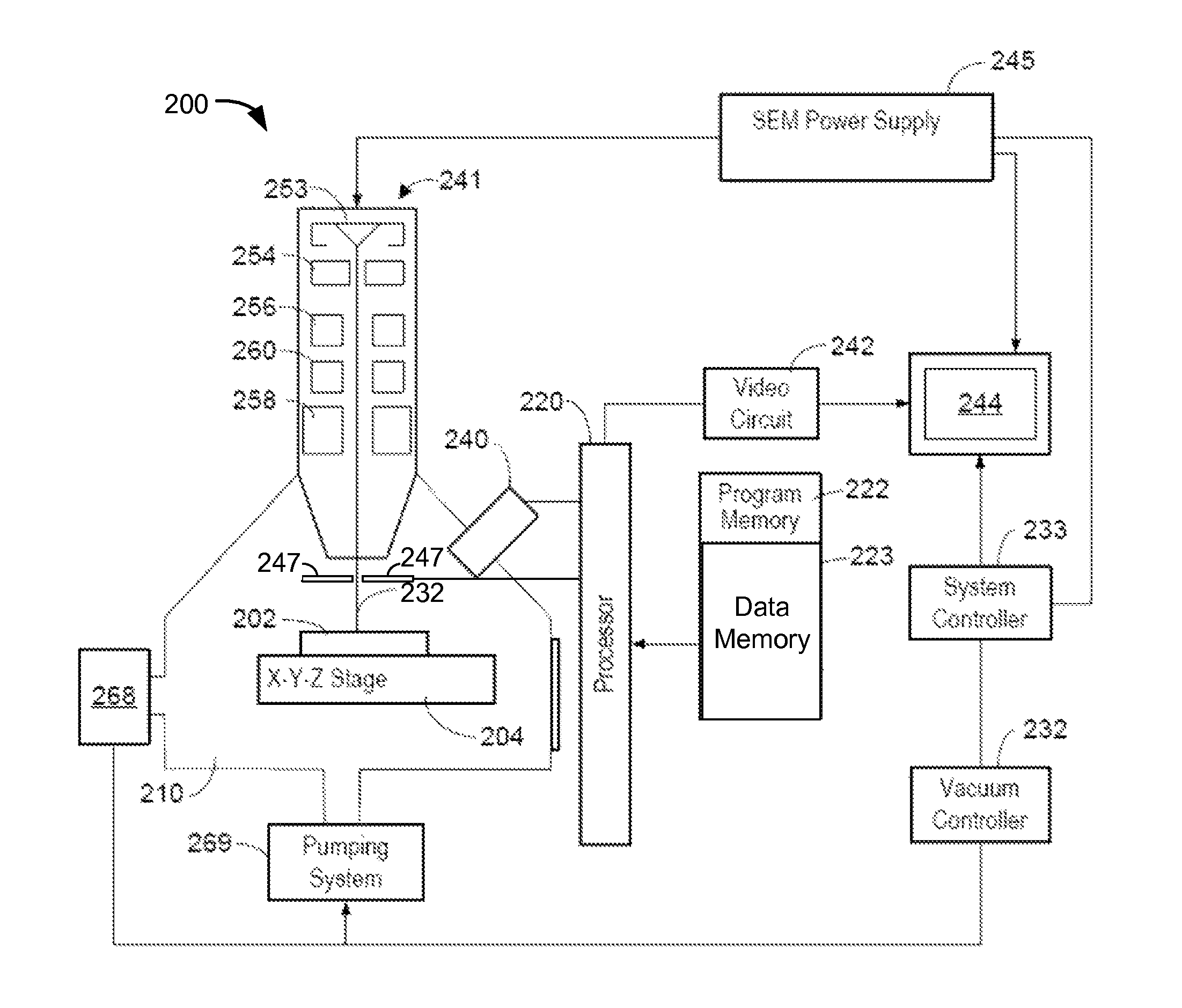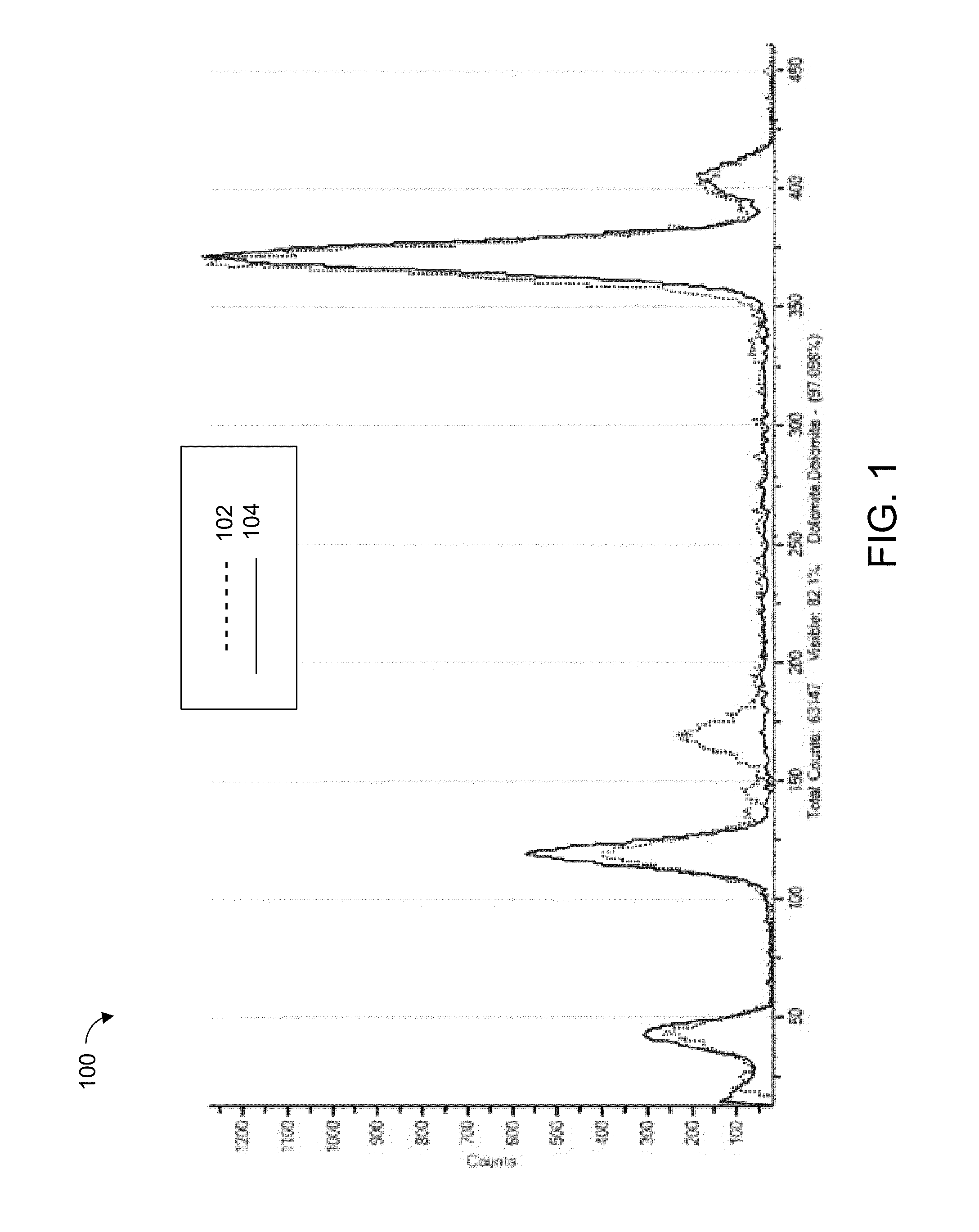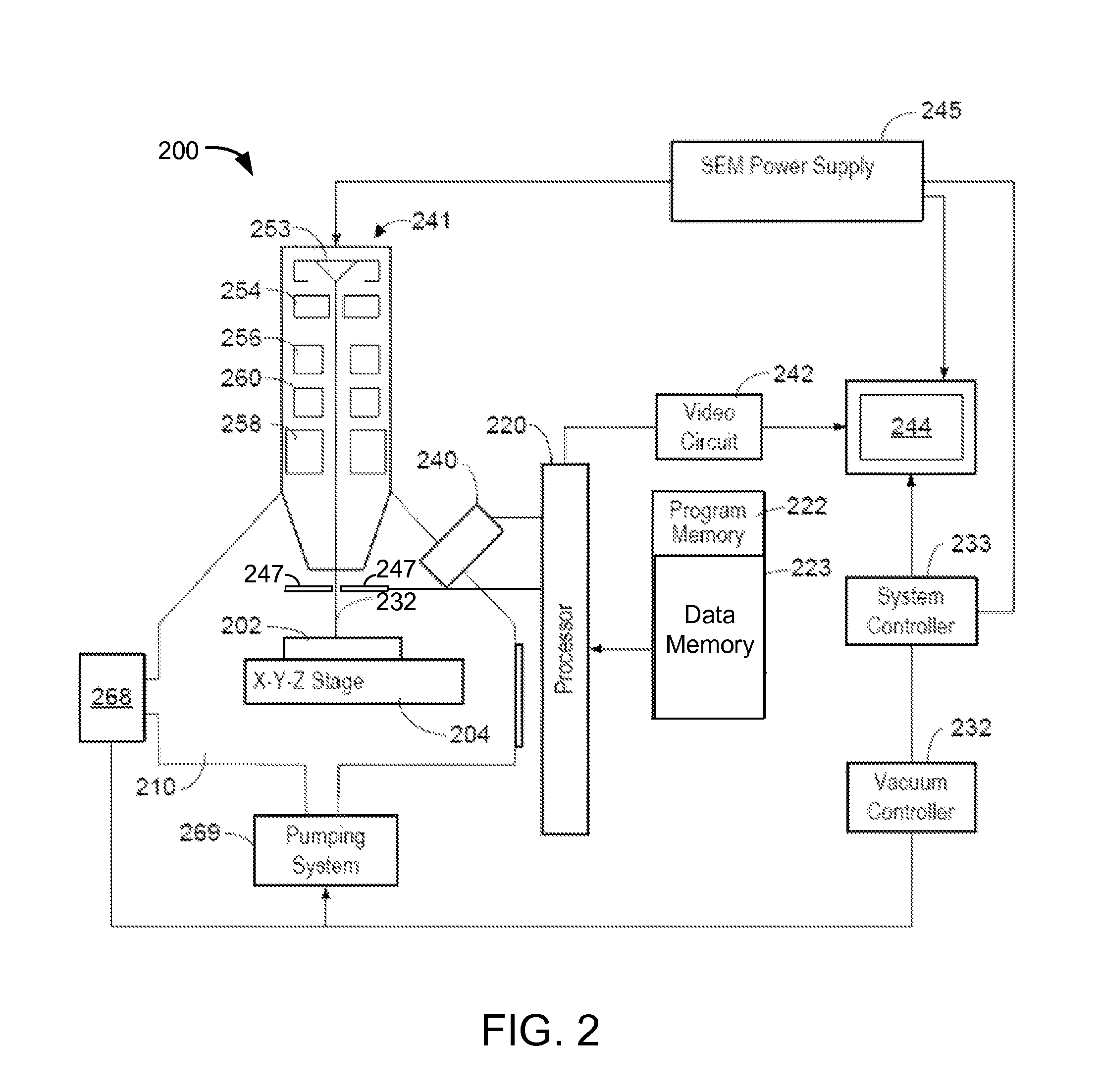Mineral identification using sequential decomposition into elements from mineral definitions
a mineral and decomposition technology, applied in the field of mineral identification using sequential decomposition into elements from mineral definitions, can solve the problems of inability to define a universal rule database, difficulty in identifying whether an x-ray spectrum contains na or zn, and difficulty in defining the approach. to achieve the effect of improving mineral identification
- Summary
- Abstract
- Description
- Claims
- Application Information
AI Technical Summary
Benefits of technology
Problems solved by technology
Method used
Image
Examples
Embodiment Construction
[0042]Several of the techniques described herein are separately novel and may be used independently or together.
[0043]In some embodiments, mineral identification is improved by comparing the unknown spectrum to the element list in each of multiple definitions. A similarity metric is determined for each mineral definition, and the unknown mineral is identified with the mineral definition having the best similarity metric that exceeds a threshold. That is, rather than trying to match the unknown spectrum with a combination of all possible elemental spectra, the unknown spectrum is matches with only those elements in the mineral definition, one mineral definition at a time
[0044]In some embodiments, mineral identification is improved by using mineral definitions that include a mean and a variation measure for the relative quantity of each element in the mineral, and / or for some other measured value, such as atomic weight, of the mineral. A similarity metric, such as a match probability,...
PUM
| Property | Measurement | Unit |
|---|---|---|
| composition | aaaaa | aaaaa |
| spectrum | aaaaa | aaaaa |
| spectra | aaaaa | aaaaa |
Abstract
Description
Claims
Application Information
 Login to View More
Login to View More - R&D
- Intellectual Property
- Life Sciences
- Materials
- Tech Scout
- Unparalleled Data Quality
- Higher Quality Content
- 60% Fewer Hallucinations
Browse by: Latest US Patents, China's latest patents, Technical Efficacy Thesaurus, Application Domain, Technology Topic, Popular Technical Reports.
© 2025 PatSnap. All rights reserved.Legal|Privacy policy|Modern Slavery Act Transparency Statement|Sitemap|About US| Contact US: help@patsnap.com



